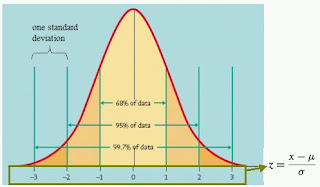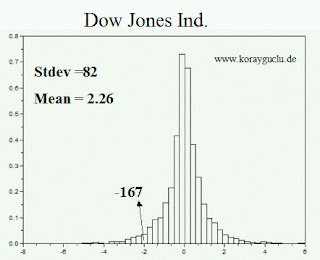
Unexpected events can interrupt the operations of the stock exchange.
ISTANBUL - The Istanbul Stock Exchange (IMKB) was unable to trade in Wednesday’s morning’s session after the exchange was cut off due to a broken fibre optic cable. According to a statement issued by the IMKB, data flow to the exchange had been interrupted after the fibre optic cables was severed during road work by the local municipality on Istinye Street, close to the near IMKB building.
“Therefore, opening session of the stock exchange has been postponed,” the statement said. “The opening time of the trading will be announced later.”
Though most of its employees are currently on strike, Turk Telekom said that it had dispatched technical teams to fix the problem."[1]
Source:
[1] NTVMSNBC 28.Nov.2007 http://www.ntvmsnbc.com/news/427877.asp






